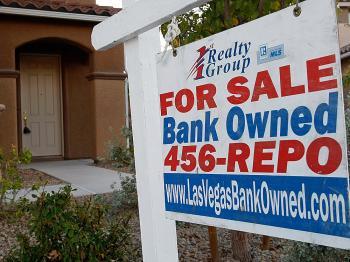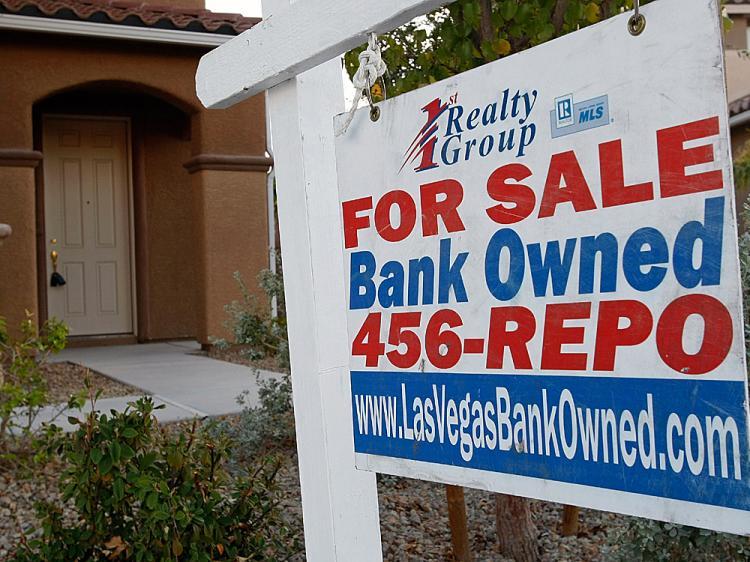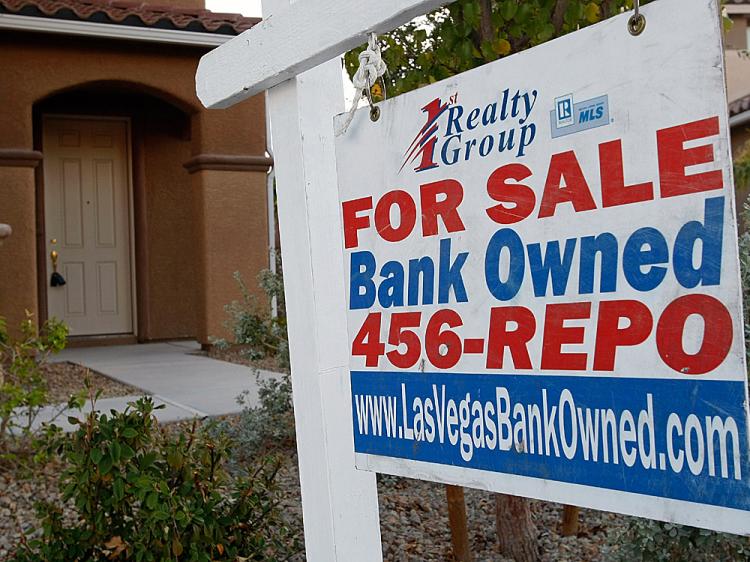Originally set out to complete the task of taking out “toxic” instruments from the financial system, the U.S. Treasury’s Troubled Asset Relief Plan (TARP) has somehow changed along the way and may have bitten more than it could chew.
TARP represented a difficult task to begin with, and after almost a month of delay and much wrangling between political parties, houses of Congress, and interest groups, Congress finally passed the bill.
Here is the big question that still glooms over TARP: is $700 billion enough? So far, $250 billion of it has been committed for capital injection into banks and $40 billion more will be used as life support for insurance giant American International Group. The latter is a new, previously unannounced, twist on the TARP, which was designed with the goal of rescuing banks and banks only.
Last week’s announcement of giving $40 billion to AIG is the beginning of turning TARP from saving the banks to saving anything and everything that needs to be saved. The next TARP expenditure may already be brewing: rescuing our ailing auto industry. The U.S. auto industry is currently unable to compete against foreign automakers, and giving money to Detroit sends two messages: Detroit automakers are too big to let fail; the supposed “tradition and symbol” of American manufacturing must carry on, no matter the cost. Who could argue against General Motors, when AIG was able to get funding and help so easily? Why shouldn’t GM get funding too? And pretty soon, every company may start to ask the same question.
Already we have witnessed the Federal Reserve use its emergency power to swiftly approve American Express’ transition to a bank holding company. Now if a credit card company can become a bank, then why not GM or Ford? The auto manufacturers also have financial services subsidiaries, which provide the public with innovative leasing plans and deferred payment plans when purchasing a new car.
To some extent the Fed is trying to avoid such conundrums by encouraging potential applicants to obtain private funding first, with a matching contribution from the Fed. Much like our own 401(k), it will put up $1 for every $2 companies manage to raise from other sources.
So now, it is up to the American taxpayers to rescue not only the banks and mortgages, but also credit card companies, auto manufacturers, and soon, perhaps retailers too. Hopefully by now, those of us on Main Street have whatever money we have left stashed away safely under the mattress.





